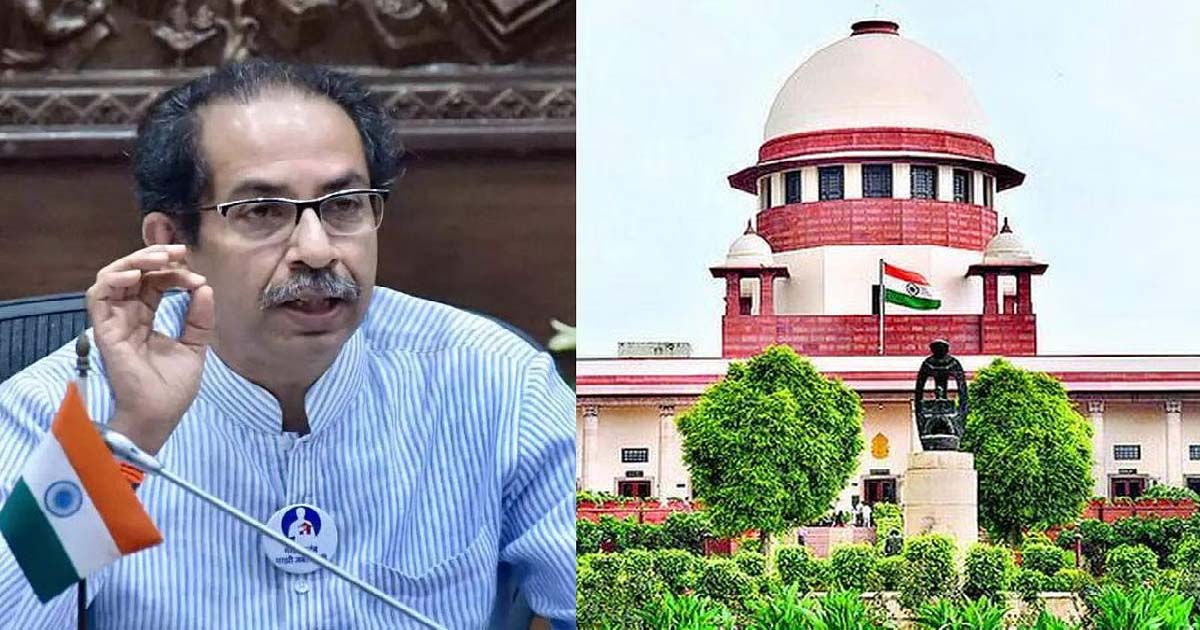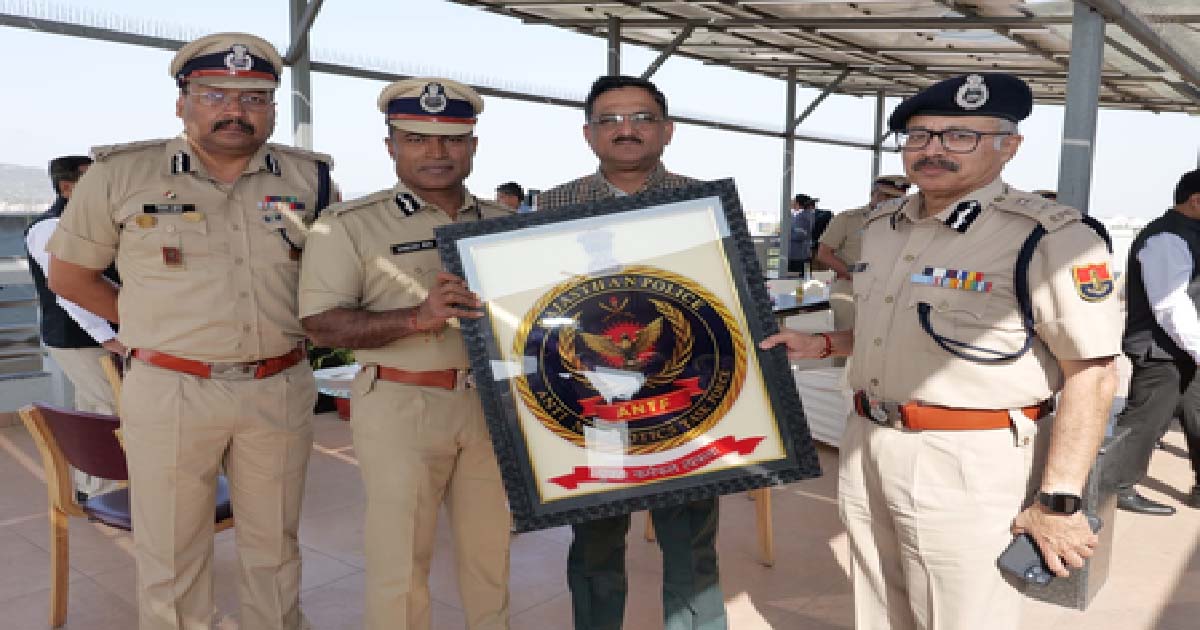National News
Centre likely to approve CAPF’s proposal on rank designation

The Union Ministry of Home Affairs is likely to approve the proposal sent by the Central Armed Police Forces’ to re-designate the designation of Second- In-Command or 2-I/C to Additional Commandant.
Explaining the difficulties, the Central Reserve Police Force (CRPF) said in the proposal to the Ministry said that the CAPF officers after superannuation in the rank of Second-In Command find it difficult to explain the rank and profile to the civil society.
“Even in various government organisations/departments, the rank of Second-In-Command is difficult to explain,” the CRPF said in its proposal.
The CRPF said, “It goes without saying that a CAPF officer should take pride in his rank and file, but the rank of Second- In-Command (2I/C)A fails to add to the price of the officer, rather sometimes becoming a matter of embarrassment.”
Similar sentiments have also been echoed in other paramilitary forces.
Rank is the most important part of the service of the security personnel and they take utmost pride and respect for the rank, the officials said.
The 2I/C rank is well-known in the paramilitary forces, but it is difficult to explain to the civilians, they added.
The direct appointment of security personnel in the ranks of Assistant Sub- Inspector (ASI) and Sub- Inspector rank normally retire at 2I-C rank.
Even direct officers recruited through the Union Public Service Commission have to serve at 2I /C for a good number of years before getting promoted as Commandant and so on.
Under the direct recruitment through UPSC, a candidate is recruited for the post of Assistant Commandant and after serving around eight to 10 years then he or she is promoted Deputy Commandant after that in the next promotion, he or she is promoted as Second-In- Command just one rank below the Commandant.
National News
Supreme Court Sets January 21 For Final Hearing In Shiv Sena Symbol & Disqualification Case

New Delhi: The Supreme Court on Wednesday said it will begin final hearing on January 21, 2026, the dispute between Uddhav Thackeray and Eknath Shinde group of Shiv Sena in relation to allotment of ‘bow and arrow’ election symbol and dismissal of disqualification pleas by Maharashtra Speaker against Shinde faction MLAs.
A bench of Justices Surya Kant and Joymalya Bagchi stated that it will first hear the case relating to a dispute between the Shiv Sena faction and then proceed to hear the disagreement involving the Nationalist Congress Party (NCP).
The Thackeray faction petitioned the Election Commission, assailing its February 2023 order, which awarded the party name and symbol to the faction led by Eknath Shinde, following the split in the Shiv Sena after the 2022 political crisis.
Thackeray’s camp has contended the dismissal of disqualification pleas by the Maharashtra Speaker against Shinde and his faction’s MLAs.
It also agreed to consider the petition filed by NCP (Sharad Pawar) against the ECI’s decision to allot the official symbol to NCP (Ajit Pawar).
Sharad Pawar’s group has also challenged the Election Commission’s order, passed in February 2024, which allowed the Ajit Pawar group to use the official ‘clock’ symbol.
Following a rift between the Sharad Pawar and the Ajit Pawar factions of the NCP, the Election Commission of India recognised Ajit Pawar’s party as the real NCP based on its legislative majority. It allotted the ‘clock’ symbol to it.
The top court had asked the Sharad Pawar faction to use the ‘Nationalist Congress Party-Sharadchandra Pawar’ name for the upcoming elections and the “man blowing turha” symbol.
Crime
Interstate borders will be strictly monitored: Rajasthan DGP

Jaipur, Nov 12: Director General of Police (DGP) Rajiv Kumar Sharma said on Wednesday that interstate borders will be strictly monitored to fight the drug cartels who are hell-bend on destroying the youth of the country.
The Rajasthan Police has also taken a significant stride toward its vision of a drug-free society, with the inauguration of the new headquarters of the Anti-Narcotics Task Force (ANTF) in Jaipur.
Director General of Police (DGP) Rajiv Kumar Sharma inaugurated the state-of-the-art facility at Jagatpura on Wednesday. The new office is expected to provide fresh impetus to the state’s intensified campaign against drug trafficking and substance abuse.
Addressing the media, DGP Rajiv Sharma highlighted the ANTF’s strengthened strategy to counter drug trafficking across the state.
He informed that 18 ANTF checkpoints are being established, out of which 10 are already functional. The task force, he said, will be equipped with advanced resources and technology to ensure a strong crackdown on the illegal drug trade.
He added that a coordinated approach has been launched involving central and state enforcement agencies to ensure a comprehensive fight against narcotics.
“Anti-drone systems have been deployed along interstate borders to curb drug smuggling, while the BSF and Rajasthan Police are jointly working to tighten border surveillance,” he said.
Sharma emphasised that while local police units will also participate in anti-drug operations, the ANTF will function as a dedicated and specialised force, devoting its full capacity to the mission.
He further warned that strict action will be taken against criminals who exploit minors for drug trafficking under the new legal provisions.
The inauguration began with a puja ceremony, followed by DGP Rajiv Sharma formally cutting the ribbon to open the ANTF headquarters.
Inspector General (IG) ANTF Vikas Kumar welcomed the DGP and gave him a detailed tour of various branches of the unit. He also presented an overview of the ANTF’s major operations and achievements to date.
In-charges of 10 operational ANTF checkpoints, including those in Sriganganagar, Jodhpur, Barmer, and Jalore, joined the event virtually and introduced themselves to the DGP.
The ceremony was attended by several senior officers, including DG Traffic Anil Paliwal and ADGs Dinesh MN, Hawa Singh Ghumaria, Bhupendra Sahu, VK Singh, Vishal Bansal, Bipin Pandey, Prashakha Mathur, and Lata Manoj Kumar, along with other senior police officials.
Mumbai Press Exclusive News
Mumbai: Fake call center exposed, five arrested, used to fool American and Canadian citizens in the name of providing loans

Mumbai: The Mumbai Police has claimed to have busted a gang of fraudsters in the Miland area who were duping American and Canadian nationals through a fake call center and charging them processing fees for obtaining bank loans. Senior Police Inspector Ajay Joshi of the Miland Police Station received information that a person named Sagar Gupta was running a call center with his four associates in a residential building in Miland and he was calling American and Canadian nationals for loans and then charging them $90-100 as processing fees for obtaining payday loans. The police raided the call center and seized two laptops, 11 mobile phones, two routers and other documents, arresting a total of five people. The police have registered a case under the IT Act and cheating against them and started investigation.
-

 Crime3 years ago
Crime3 years agoClass 10 student jumps to death in Jaipur
-

 Maharashtra1 year ago
Maharashtra1 year agoMumbai Local Train Update: Central Railway’s New Timetable Comes Into Effect; Check Full List Of Revised Timings & Stations
-

 Maharashtra1 year ago
Maharashtra1 year agoMumbai To Go Toll-Free Tonight! Maharashtra Govt Announces Complete Toll Waiver For Light Motor Vehicles At All 5 Entry Points Of City
-

 Maharashtra1 year ago
Maharashtra1 year agoFalse photo of Imtiaz Jaleel’s rally, exposing the fooling conspiracy
-

 National News1 year ago
National News1 year agoMinistry of Railways rolls out Special Drive 4.0 with focus on digitisation, cleanliness, inclusiveness and grievance redressal
-

 Maharashtra12 months ago
Maharashtra12 months agoMaharashtra Elections 2024: Mumbai Metro & BEST Services Extended Till Midnight On Voting Day
-

 National News1 year ago
National News1 year agoJ&K: 4 Jawans Killed, 28 Injured After Bus Carrying BSF Personnel For Poll Duty Falls Into Gorge In Budgam; Terrifying Visuals Surface
-

 Crime1 year ago
Crime1 year agoBaba Siddique Murder: Mumbai Police Unable To Get Lawrence Bishnoi Custody Due To Home Ministry Order, Says Report












